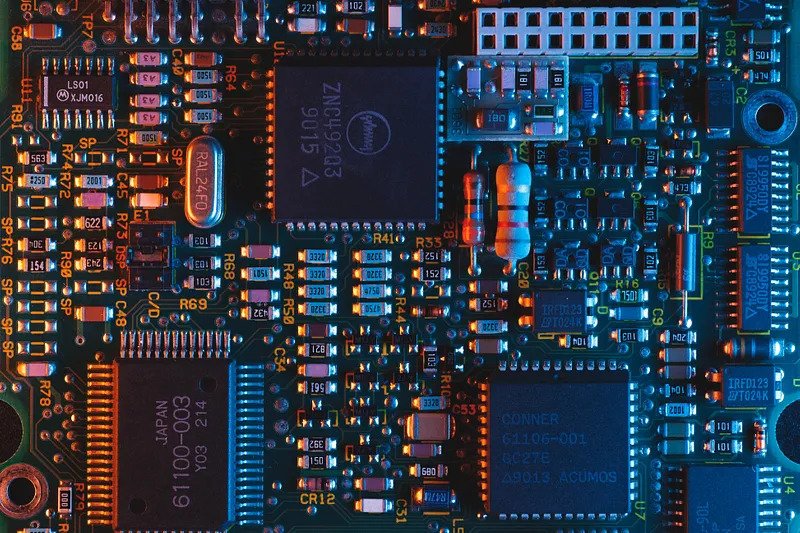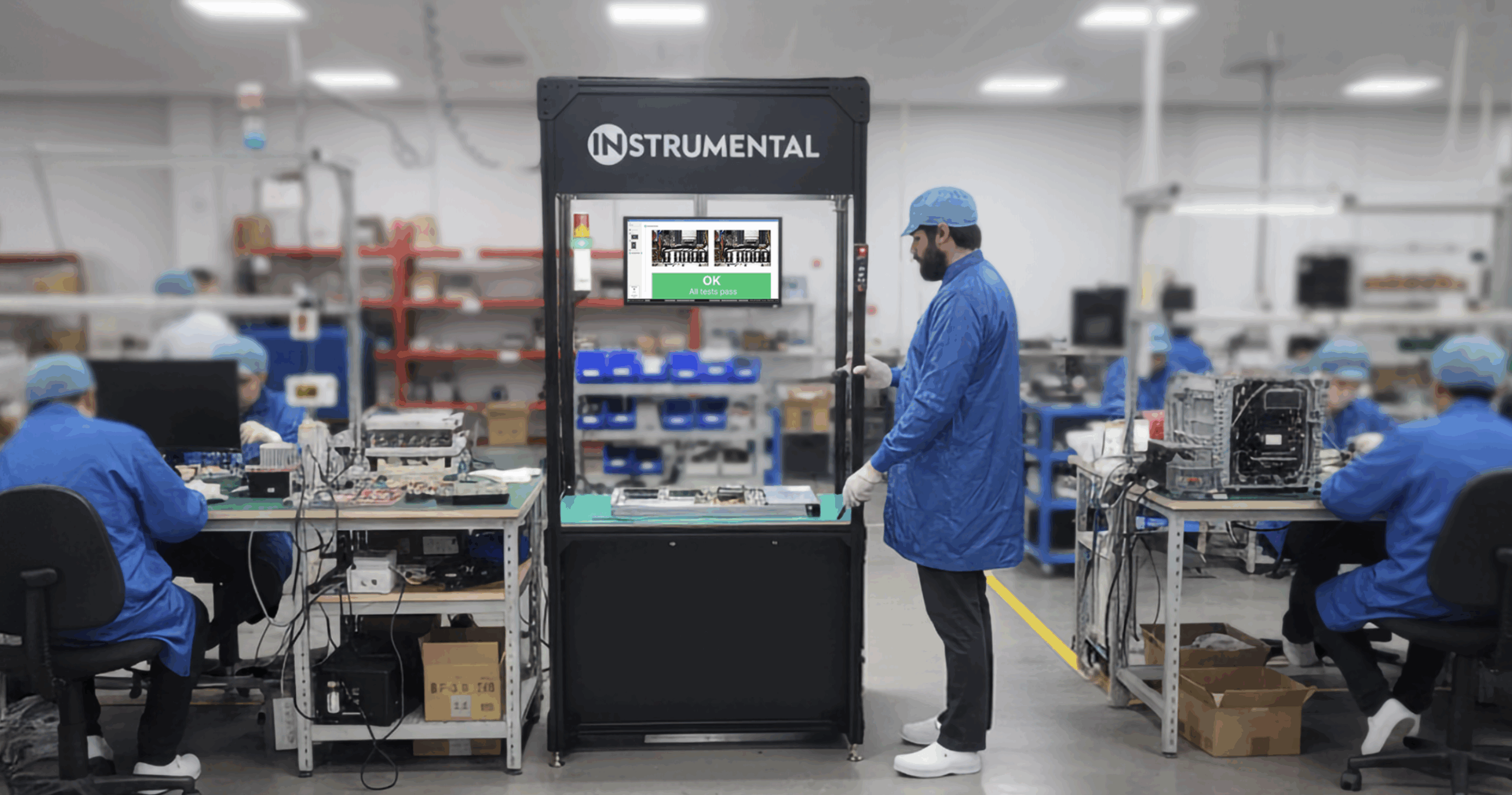What is Automated Optical Inspection (AOI)?
AOI is an automated visual inspection methodology used primarily to test for defects in printed circuit board assemblies (PCBAs). AOI autonomously scans PCBAs with cameras and detects two types of failures: 1. catastrophic failures, such as missing components, and 2. quality failures, such as misshapen fillet or components that are skewed.
AOI works best in production environments with very high volumes and very low component variability, because implementation is time-consuming and complex, and must be set up for a specific design or part configuration.
When should I use Automated Optical Inspection (AOI)?
Automated optical inspection is ideal for PCBA inspection in production, placed after solder reflow. AOI is a production technology that is not ideal for product development or lower volume (sub-5,000 unit runs) because of the time and expense involved in setting it up.
Typically, you wouldn’t set up an AOI system until your design is locked, because reconfiguring it would be complicated and expensive. This means that AOI is just a monitoring tool and is not typically used as a problem-solving or process improvement solution.
How is AOI implemented?
Implementing automated optical inspection requires technical setup and programming. Every component on a PCB that gets inspected requires programming, often totaling to hours of programming for each board. This required programming means that only known issues in known locations can be inspected. Any product revision requires a programming update, this lack of flexibility means AOI works best in high volume and low variability environments: mass production.
What are the pros and cons of AOI?
Pros
- Non-contact test method.
- AOI accurately detects a specific category of programmed defects on PCBs (bad solder joints and missing parts).
Cons
- AOI only catches PCB defects and doesn’t catch defects with difficult to classify failure modes such as glue or seal defects.
- Defect detection capabilities are not flexible, each change must be programmed.
- AOI does not discover new detects, it only detects defects that are preprogrammed.
- Teams don’t have access to data from AOI systems.
- Teams often can’t program new defect tests into AOI systems remotely.
- AOI does not provide value in development.
How much does Automated Optical Inspection cost?
Automated optical inspection solutions are purchased on a CapEx model. The combined cost of hardware, software, and custom implementation service creates variability in price. AOI solutions typically start at $30K.
How does Instrumental compare to AOI?
While Instrumental and AOI both provide pass/fail analysis of defects in real-time, there are many differences. Unlike AOI, Instrumental is used in both development and production to catch known and unknown defects. Instrumental stations and AI are also easy to set up and adjust remotely. Instrumental’s drop-in stations typically get set up in 30 minutes or less and Instrumental’s AI starts working as soon as the first 30 units pass through.
Unlike automated optical inspection, Instrumental’s data can be accessed from anywhere in the world. Engineering teams remotely discover issues and fix them faster with Instrumental data and AI, delivering a more mature product in fewer cycles. Operations teams leverage Instrumental to optimize processes for improved yield and to reduce costs associated with scrap, rework, and returns.
Interested in learning more about Instrumental? Request a demo here.
Related Topics



